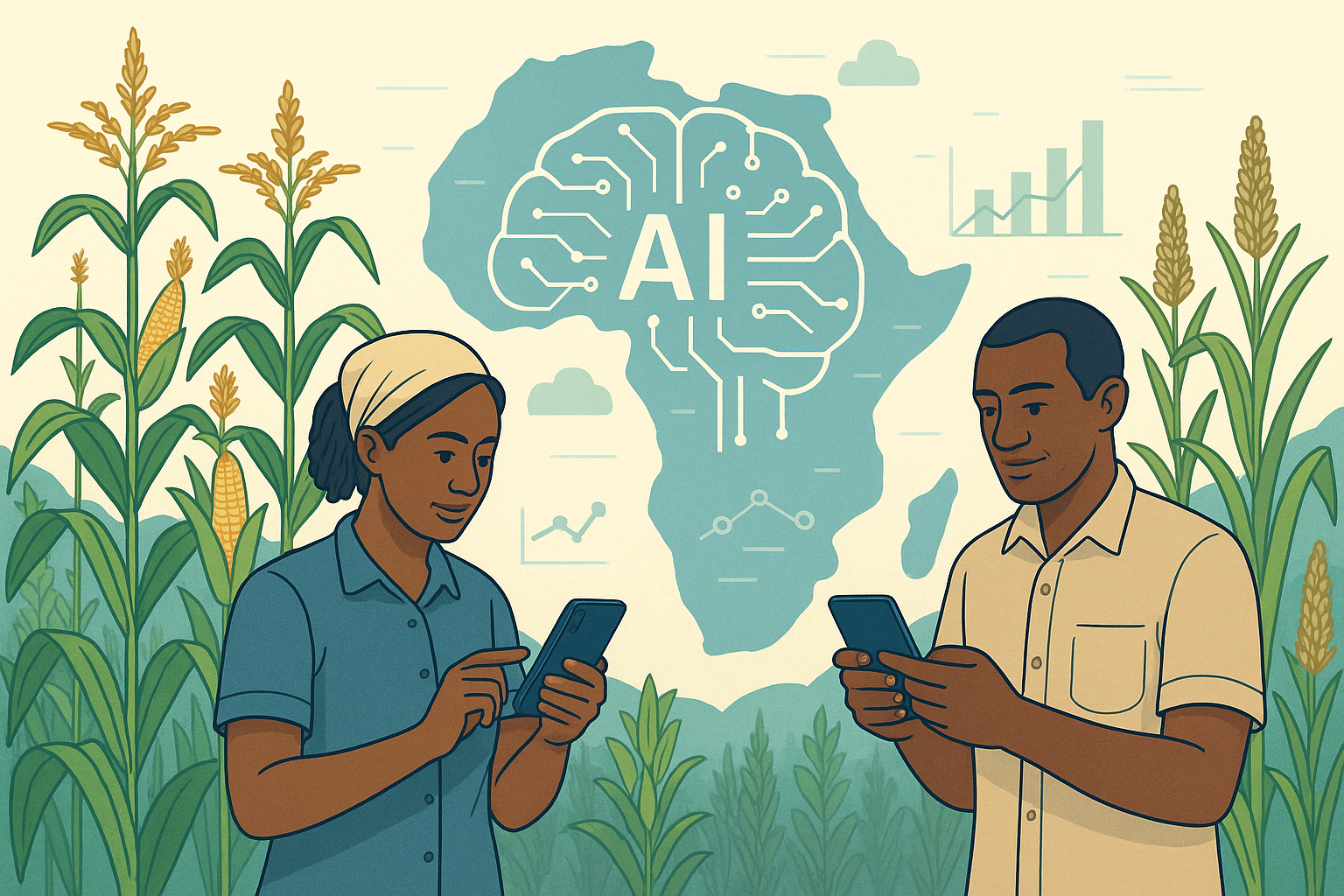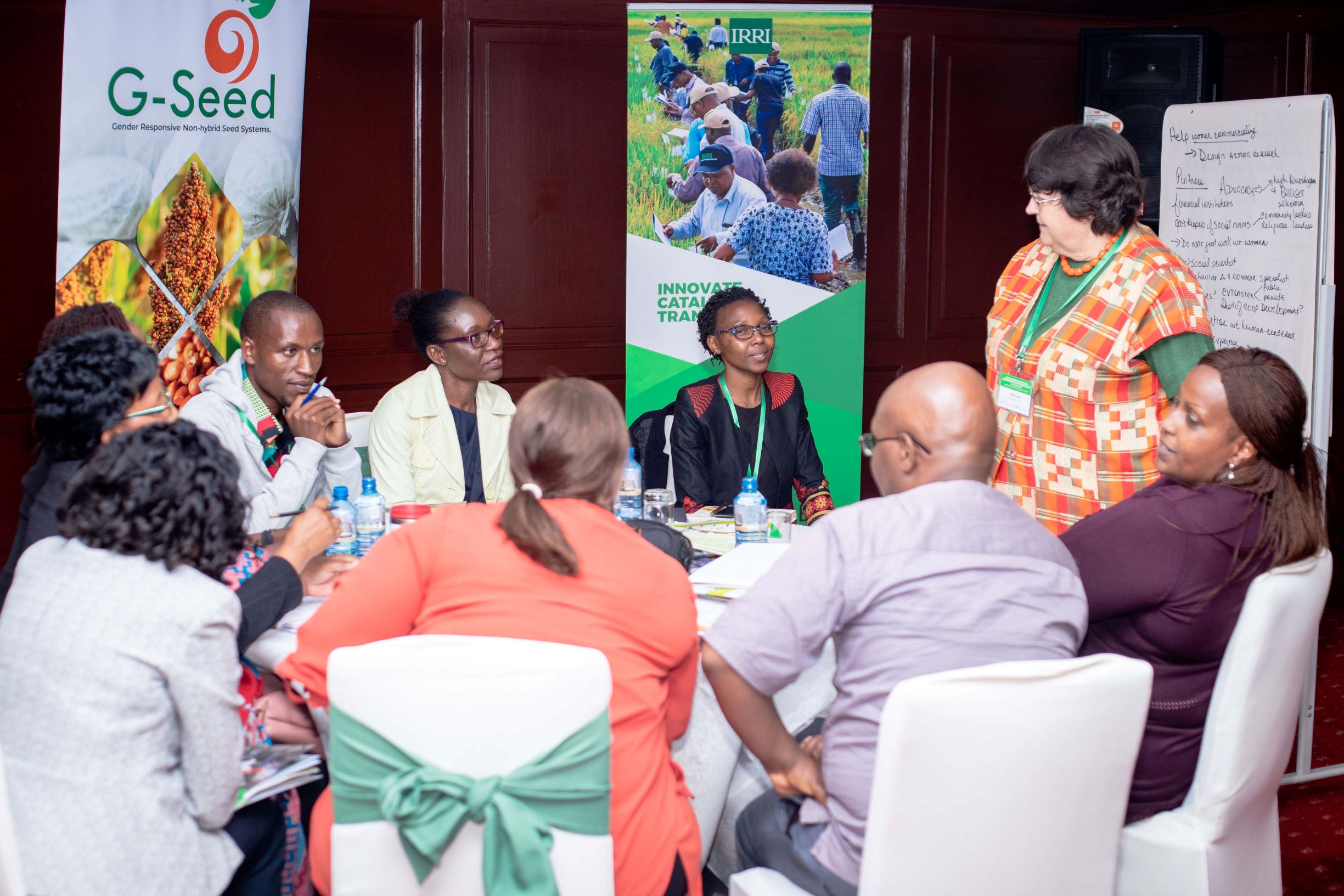Based on data gleaned from FAO and similar sources, the African seed market—valued at $1.9 billion in 2019 and projected to reach $3 billion by 2025—presents a major agribusiness opportunity. Yet the formal seed sector remains dominated by maize (about 42% of the market). Meanwhile, millet, sorghum, and groundnut—together producing 67 million metric tons of food annually—hold less than 10% of current formal seed markets, despite a potential seed demand of roughly 1.8 million metric tons (about $1 billion) if improved varieties and optimal seed rates were adopted.

Unlocking this untapped potential requires well-structured seed and grain business networks. Too often, dispersed actors—local seed and grain merchants—operate in isolation, leaving infrastructure gaps that keep dryland crops from translating into viable local businesses and broad-based development.
To address these coordination challenges, CIMMYT, in partnership with KALRO and other institutions, has developed the Modular Impact Accelerator (MiA): an integrated, community-anchored model that streamlines value chains and powers agribusiness growth.
Breaking barriers to impact
Despite significant advances in climate-resilient varieties for Africa’s drylands, adoption by smallholder farmers remains low due to fragmented scaling, uncoordinated delivery, and limited local ownership. MiA responds with a flexible, scalable architecture that tackles bottlenecks in seed and grain markets, advisory services, rural logistics, and market access.
At its heart, MiA operates like a local franchise model coordinated by an Orchestrator—a trusted local actor who mobilizes farmers, agri-SMEs, service providers, and development partners into integrated networks that make innovation “stick.”

Modular solutions and local anchoring
MiA’s five modules can be combined and sequenced to fit each node’s realities:
- Agronomics & seed-use literacy – Replacing outdated varieties with timely advisory and behavior-change support.
- SME growth for decentralized seed production – Backstopping local seed enterprises and SMEs with market intelligence and planning tools.
- Logistics as a service – Solving last-mile seed access and efficient grain offtake.
- Consumer engagement & strategic market growth – Reframing dryland crops as aspirational, healthy choices to drive demand.
- Efficient market access for farmers – Improving links into grain markets and value chains.
Each node sets its priorities based on local realities. A node with functioning grain markets but poor seed availability may focus on agronomics and local seed production. In contrast, one with strong production systems but falling demand may concentrate on consumer engagement and branding to sustain interest.
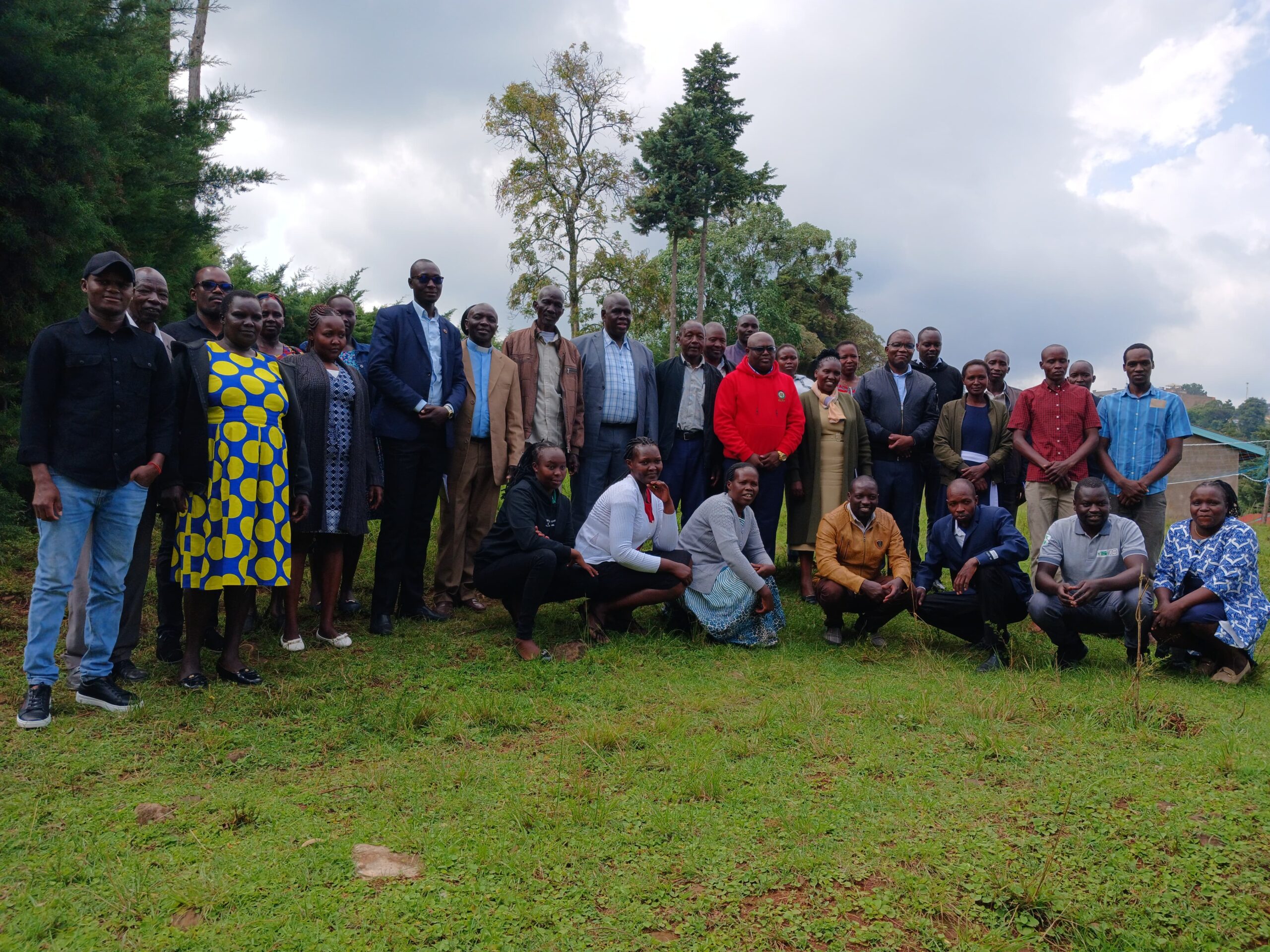
Insights from the ground
For the Impact Accelerator to work, it must start with farmers—listening to their realities and shaping solutions around them. Across Kenya, farmers are already pointing out what matters most in their communities:
- Makindu (Makueni County)
Mwikali Muthoka reminded us of the need for lasting change: “Projects come and go, there’s need for something that remains within the community even after the project ends.”
For Josphat Maluki, access to better seed is key: “New certified seeds yield more than grain bought from markets. Market grain is often mixed, making specific variety identification difficult.”
- Marigat (Baringo County)
Farmers here see natural advantages and organizational gaps. Julius Koech Sudi explained: “Soil type makes our nuts the best; we do not use fertilizer—organically produced.”
Emily Kipyegon added: “Organizing farmers in cooperatives is recommended for assistance mainly from the government, especially for groundnuts.”
- Busia
For Samuel Owino, the challenge is cross-border seed flows: “Cross-border seed/recycled grain purchase remains an issue that affects our productivity.”
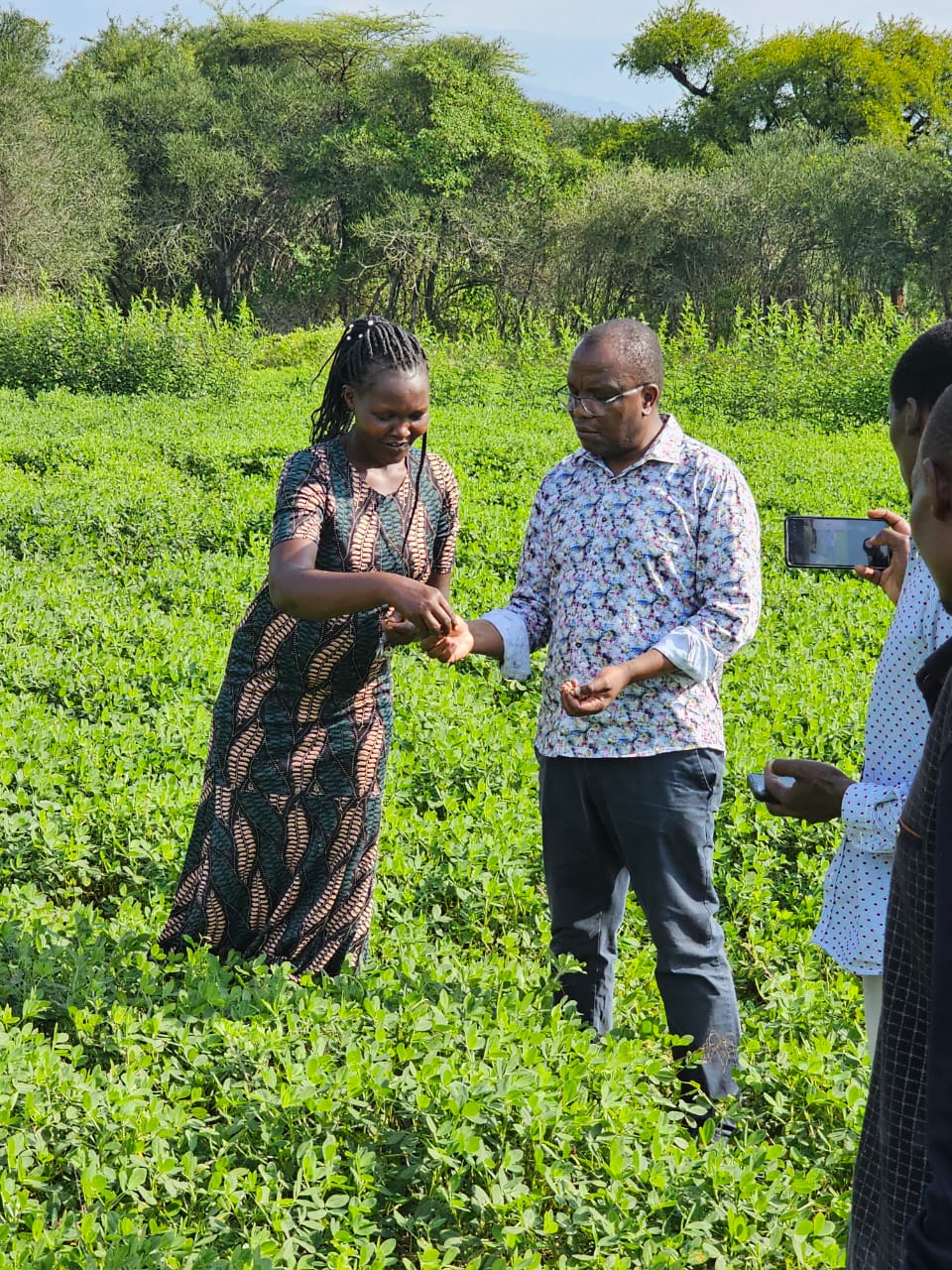
These voices highlight why local anchoring matters. Farmers are not just recipients of innovation—they are partners and co-creators of solutions that work.
Data and validation for sustainable scaling
Each module is underpinned by a verifiable business case that balances revenue generation with social objectives like food security and jobs. To de-risk and refine interventions, CIMMYT and KALRO scientists are building digital twins—virtual models fed by real-time node data (seed use, inputs, disease incidence, weather, prices)—to iterate quickly and cost-effectively.
Growing impact together
The Modular Impact Accelerator brings CIMMYT’s bold vision to life by making science work for people—especially smallholder farmers navigating climate uncertainty and shifting markets. As a downstream complement to discovery research, MiA bridges the gap between breeding breakthroughs and livelihoods, ensuring that seeds, tools, and knowledge are validated, adapted, and delivered where they can have the greatest impact. With strong local leadership, strategic partnerships, and a farmer-first approach, MiA can turn seed–grain systems into engines of resilient, inclusive, and profitable rural economies.
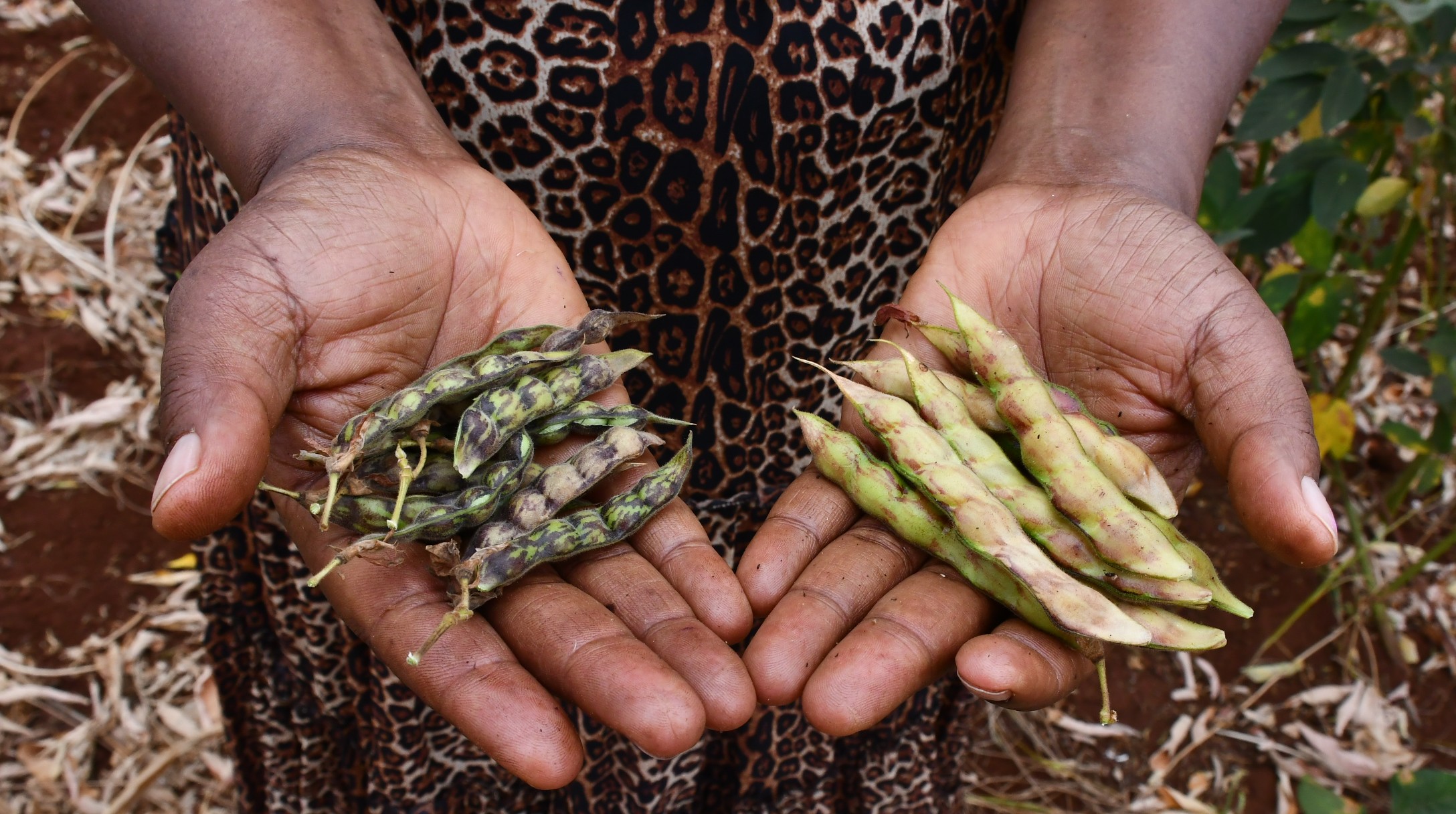
 Capacity development
Capacity development 